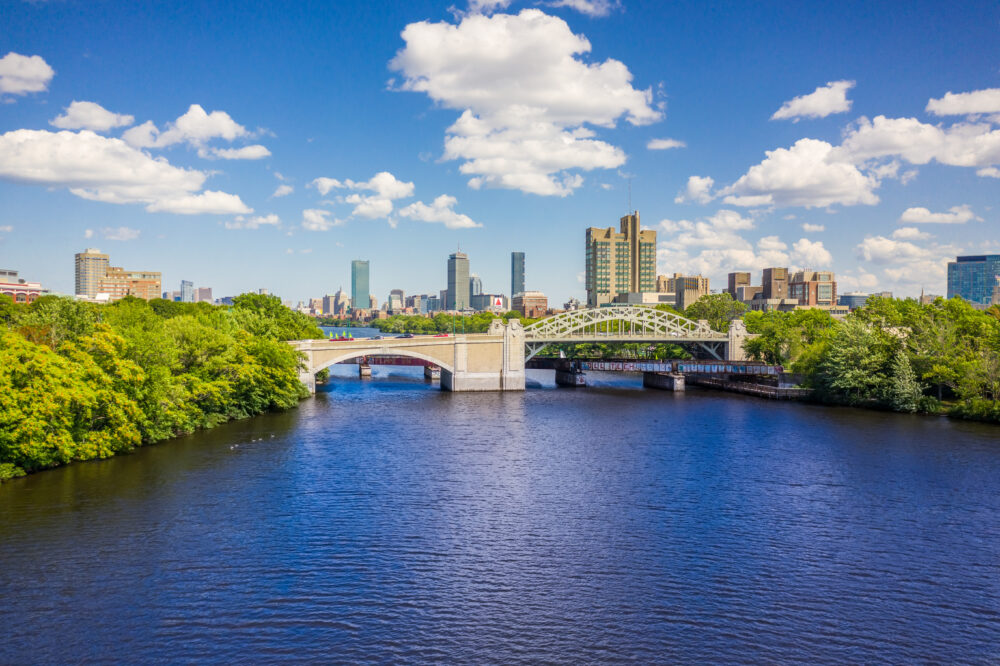Seekonk, Massachusetts, is known for its picturesque landscapes and small-town charm. However, its climate is a significant factor that shapes daily life and recreational opportunities throughout the year. This guide provides an in-depth look at Seekonk’s climate, detailing the seasonal variations, average temperatures, precipitation levels, and more.
Seasonal Overview
Seekonk experiences a humid continental climate, characterized by four distinct seasons. Winters can be cold and snowy, while summers are warm and humid. The transition periods of spring and fall offer a mix of milder temperatures and beautiful foliage.
- Winter (December to February): Winters in Seekonk can be quite harsh, with average temperatures ranging from 20°F to 39°F. Snowfall is common, averaging about 36 inches annually. January tends to be the coldest month, often bringing freezing temperatures and occasional snowstorms.
- Spring (March to May): Spring gradually warms up, with average temperatures rising from 35°F in March to around 70°F in May. This season often brings unpredictable weather, with a mix of rain and sun. Rainfall is common, with May typically being one of the wetter months.
- Summer (June to August): Summers in Seekonk are warm and humid, with temperatures averaging between 65°F and 85°F. July is usually the hottest month, and humidity levels can make it feel even warmer. Thunderstorms are not uncommon during this period, particularly in the afternoons.
- Fall (September to November): Fall in Seekonk is a beautiful time, as the foliage transforms into vibrant colors. Temperatures begin to drop, starting from the warm days of September (averaging around 70°F) to cooler November nights (averaging 40°F). Rainfall decreases as the season progresses.

Average Temperatures
Understanding the average temperatures throughout the year helps residents and visitors prepare for various activities.
- January: 26°F to 39°F
- April: 42°F to 62°F
- July: 65°F to 85°F
- October: 45°F to 65°F
These averages show how Seekonk experiences significant temperature swings between seasons, with winters requiring warm clothing and summers offering opportunities for outdoor fun.
Precipitation Patterns
Seekonk receives a moderate amount of precipitation throughout the year, with an average of 46 inches annually. Rain is evenly distributed across the months, but certain patterns can be observed:
- Wettest Months: May and June often receive the most rainfall, coinciding with the spring thaw and the onset of summer storms.
- Driest Months: February and September tend to be the driest, providing a brief respite from the rain.
Snowfall typically occurs from November to March, with the heaviest accumulation in January and February.
Humidity Levels
Humidity is a notable factor in Seekonk’s climate, especially during the summer months. The average humidity levels range from 63% in July to 84% in January. High humidity during the summer can make temperatures feel hotter, influencing how residents and visitors plan their outdoor activities.
Weather Extremes
Seekonk, like many places, can experience weather extremes. In the winter, severe cold spells and significant snowfall can disrupt daily life. Summer months can bring intense heat waves and thunderstorms, sometimes leading to flash flooding. Understanding these extremes is crucial for preparedness.
Conclusion
The climate in Seekonk, MA, plays a vital role in shaping the lifestyle of its residents. With cold winters, warm summers, and beautiful transitional seasons, Seekonk offers a variety of experiences throughout the year. By understanding the average temperatures, precipitation patterns, and humidity levels, both residents and visitors can better appreciate what Seekonk has to offer, whether it’s enjoying a summer picnic or a winter snowfall. Embracing the local climate allows for a deeper connection to this charming Massachusetts town.
